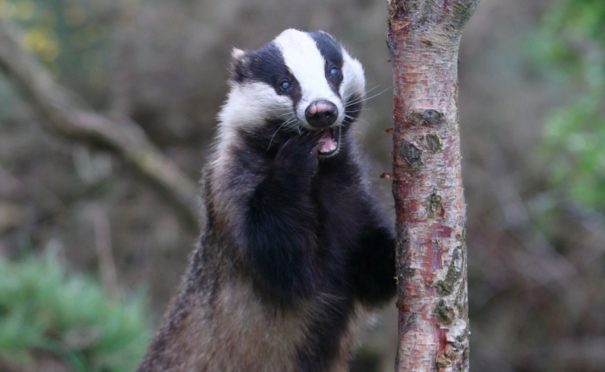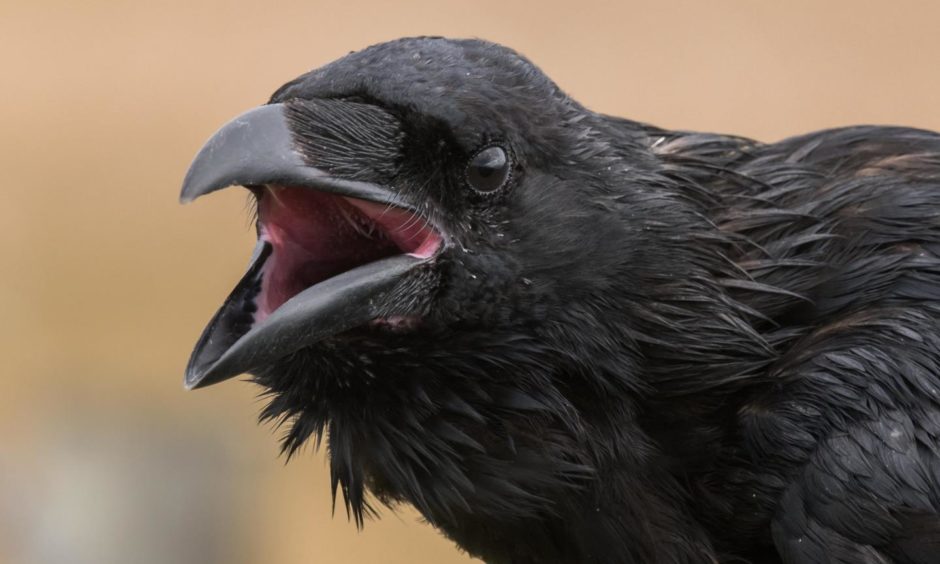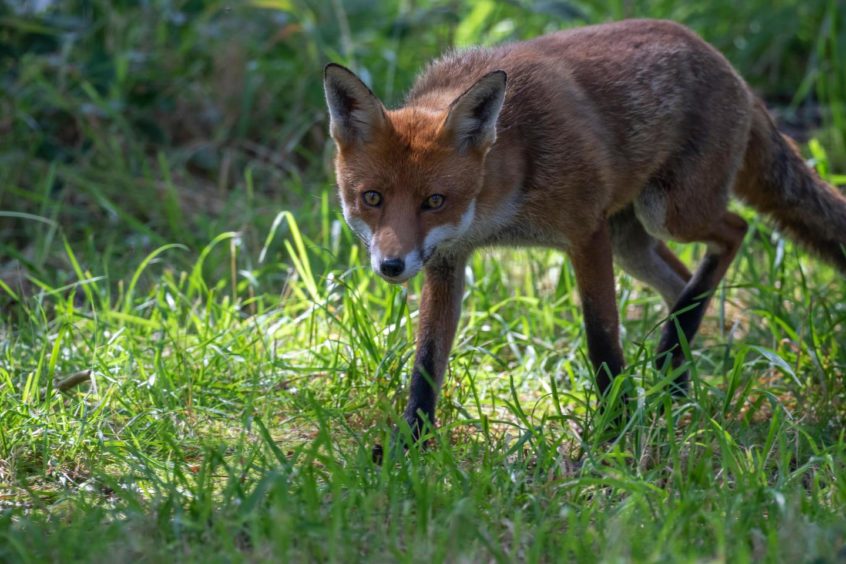Predators. Iconic, formidable, highly controversial.
Those not plugged in to rural politics might be surprised at the latter. It is difficult to reconcile the involvement of these eminent species in a decades old dispute between land managers and conservationists.
But it is a fact that predation of livestock and ground nesting birds by generalist predators – such as foxes, ravens and badgers – is becoming an increasingly prevalent issue.
The contention with these predators has never been about their place in Scotland. They are, and always will be, a valued part of our natural heritage.
The issue lies with our inconsistent and intransigent approach to predator management, to the extent that land managers are often left considerably disadvantaged by the system.
Three predators – three different approaches
You need only consider our variable approaches to the three aforementioned species to realise the extent of this issue.
Take the fox. It is not legally protected, and can be managed flexibly and decisively when issues arise.
The raven, by contrast, is a protected species. But it is still possible to apply for a licence to lethally control these birds where damaging predation can be evidenced. Indeed, several hundred licences are issued every year to control problematic ravens.
Then you have the badger, which is also a protected species. Licences for the lethal control and translocation of badgers are not issued, and management is confined only to the destruction and exclusion of setts under licence to allow essential work to take place.
All three of these species can cause considerable damage if left unchecked, and yet our approach to each one is wildly divergent. It is difficult to precisely articulate the exact cause of this inconsistency, but it is without doubt a product of human creation.
Predator management does not mean extinction
The main issue stems from the incessant politicisation that surrounds the protection of certain predators, to the extent that contemplating their management – even in limited scenarios – is inordinately toxic.
Protection is absolute. Question it if you dare.
I have always considered this position to be ludicrously paradoxical. It amounts to little more than the short-sighted prioritisation of a handful of predators, regardless of the net consequences for other wildlife and rural livelihoods.
One has to question what drives the intransigence that surrounds the protected status of certain species. It could be argued that it stems from historical associations with legal and illegal persecution.
To some extent I can empathise. I understand the desire to ensure that these species are never driven close to extinction, as many were in Victorian times.
But this is not what we are talking about here. We are talking about considered, localised predator management solutions to tackle evidenced damage associated with strong, widespread populations of protected species.
However, the matter of actually evidencing a problem brings me to another related weakness in Scotland’s approach to predator management.
Land managers should be given more of a voice
The evidential onus is almost always placed on ecology. This is all well and good, so long as up-to-date ecological research is available. The reality, though, is that sometimes research is not available, and if it is it is often outdated.
Many activists seem to think the countryside is an abyss of nothingness in need of external intervention
But absence of scientific evidence is not the same as evidence of absence. The Moorland Forum’s Understanding Predation report stressed the perceived importance of “local knowledge” in understanding the impacts of predation and identifying where action should be taken.
It is high time for the testimonies of land managers to be afforded much greater credence when it comes to making decisions about managing problematic predators. They are, after all, the folk of the land that see and feel the impacts most acutely.
That aside, it is important to reflect on the second, more complex driver of the intransigent discourses that surround some of Scotland’s protected species, because emerging narratives of naturalness – and whether humans should manage wildlife at all – are playing an increasingly prevalent role.
There is a growing minority who maintain that we should allow our landscapes to revert to their “natural” states, and that we should reintroduce native predators which would, in turn, absolve humans of wildlife management obligations.
While this is a legitimate aspiration, it all too often disregards the needs – and even the existence – of rural communities. This is a symptom, I believe, of the perception held by many activists that the countryside is an abyss of nothingness in need of external intervention.
We must empower rural communities
The reality is that the countryside is a place of work and home to numerous rural communities. It’s a place where humans and wildlife co-exist at closer quarters than anywhere else, and where the impacts of predators – both good and bad – are felt most discernibly. A hands-off approach simply cannot work here, not so long as there are livelihoods and wildlife to protect.
The crux of this issue is relatively simple: inconsistency in predator management is harming rural communities and livelihoods.
Let us work together to build parity and boldness in our approach to predator management
And that is why we at the British Association for Shooting and Conservation (BASC) are calling on the newly elected Scottish Government to fully embrace, implement and resource the “shared approach” to wildlife management that was unveiled by NatureScot last year.
It must be bold, effective and consistent. It must better heed the evidence gathered and concerns raised by land managers. It must enable and empower rural communities to safeguard livelihoods and wildlife more decisively.
At the end of the day, this is all about balance, and the status quo is pitted against land managers.
Let us work together to build parity and boldness in our approach to predator management. The future of the rural economy and our iconic wildlife depend on it.
Ross Ewing is the public affairs manager for the British Association for Shooting and Conservation (BASC) in Scotland



